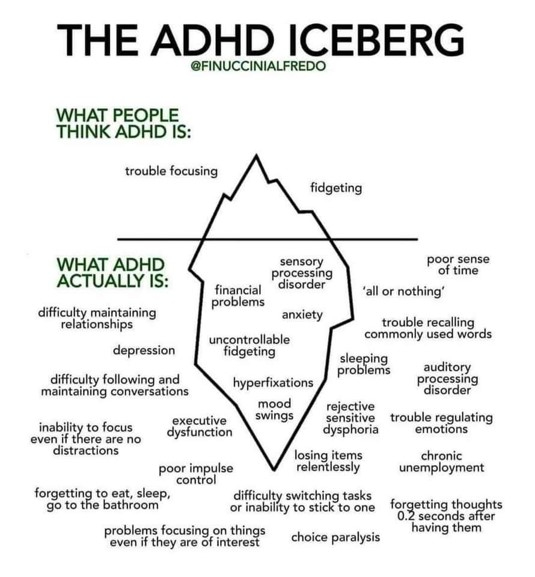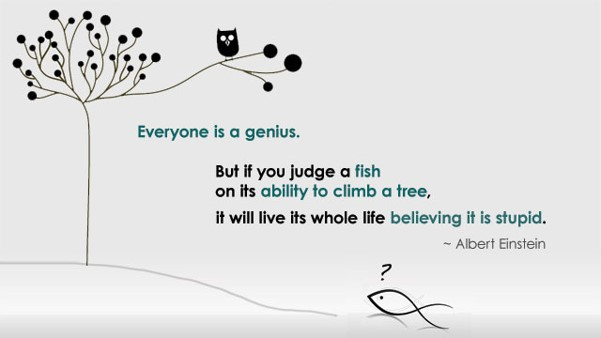Let’s talk about neurodiversity
The term Neurodiversity was coined to mean ‘difference’ pure and simple. The Neurodiversity paradigm includes all of us. All these labels/diagnoses are considered to be neurodivergent, as they are considered to be different to the brains that society views as ‘normal’. However, who decides what’s normal? And where is the majority here?
There ARE different neurotypes, that are not right or wrong, they just are.
There are many other things that look like Autism or ADHD, such as trauma/disruption or attachment. Strategies will still be helpful despite the root cause of the neurodevelopmental need, which can happen at any time.
Watch this short one-minute video on what Neurodiversity is.
What does it mean to be ND?
The Autistic Spectrum
There is a common misconception that the Spectrum is linear – it isn’t. This video explains how and helps people to understand the Spectrum in a different way

Have a look at the graphic, and think about where your child might sit according to their various needs.
Also note that the Spectrum is a continuum, and your child might not always be in the same place, as their environment and mood will impact this. What did you think? Any thoughts?
There are things that look like autism such as trauma, attachment. Needs may present as autism. Strategies will still be helpful but it’s important that they’re on the right treatment pathway.
And now for ADHD
ADHD stands for Attention Deficit Hyperactivity Disorder. There are three subtypes – Inattention, Hyperactivity, and Combined. There is a lot more to ADHD than people realise – look at the iceberg – is any of this familiar? Watch this video on the positives of being diagnosed with ADHD. What did you think of the video? There are lots of positives with a diagnosis but it’s not always necessary to gain a diagnosis.
The school system is one size fits all. Our children are a square peg in a round hole.
Detention for forgetting a PE kit when have ADHD is not helpful – instead, it's about finding an alternative way (such as leaving the PE kit at school)
Every child should be allowed and encouraged to reach their full potential – just because they are neurodivergent doesn’t mean they can’t achieve amazing things.

How is your child amazing?
What is amazing about your own individual child? What do they already do well? Does our society value and nurture their strengths? How can we help them to build on their natural abilities to reach their full potential?
This quote from Einstein is spot on. Everyone is unique and not everyone is going to succeed in the same way. We need to harness our children’s interests and passions. What are they good at? What are their natural talents and abilities? Once we realise this we can build on their strengths and support them on that pathway with realistic expectations.
By shifting the way we think about our child’s innate characteristics starts us to see the whole child and start to uncover their potential or ‘superpower’.
- Interest
- Passion
- What they are good at
- Strengths that you can build on
How can we harness their natural talents and abilities?

Task - Job Description
Write a job description for your child – this can be in bullet points.
- Think about it from the child’s point of view
- What is your child there for?
- What is important to them?
- What are all the things they are expected to do?
- Think about all the constant demands on them.
- What do they bring to society?
- What ‘qualifications’ do they need for the position?
- What skills can they bring to the post?
Be careful to avoid what your expectations of your child are – this exercise is about the child.
Then think about your job description as a parent. Why do you have children? What skills do you need to help your child fulfill their potential in life?
Neurodevelopmental helpline
Help us improve our website
Please take a moment to share your thoughts and help us enhance our website by completing our short survey here.